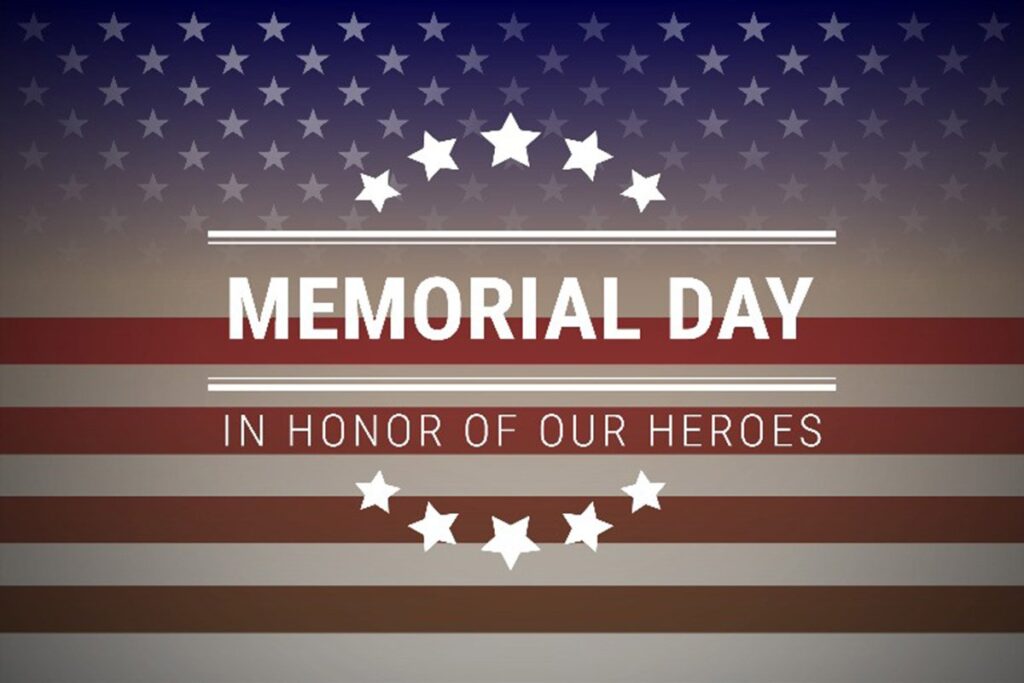For generations, Memorial Day parades were a quintessential American tradition — solemn yet celebratory marches through main streets across the country, honoring those who made the ultimate sacrifice for the United States. But in many towns and cities, these parades have dwindled or disappeared altogether, casualties of budget cuts, logistical complexity, and, perhaps, a fading connection to the meaning of the holiday itself.
Reviving the Memorial Day parade is not merely a nostalgic gesture. It is an opportunity to reconnect communities with a living sense of national memory and shared values. In an era defined by political division and cultural fragmentation, the simple act of marching together — veterans, active-duty service members, families, and children — can serve as a reminder of the unity forged through collective sacrifice.
The decline of local parades reflects broader shifts. The all-volunteer military has created an increasing disconnect between the civilian population and the armed forces. Fewer Americans serve, and fewer still know someone who has. As a result, Memorial Day risks becoming more associated with sales and barbecues than with cemeteries and remembrance.
A revived parade doesn’t need to be grandiose. What matters is authenticity: a color guard, local high school bands, VFW posts, scouts, and stories of service. Let there be speeches that educate, not politicize. Let children carry pictures of relatives who served. Let the event close with a moment of silence. These small acts build civic muscle.
Communities that have kept the tradition alive — or brought it back — often find that it strengthens intergenerational ties and creates a sense of place. Veterans are reminded their stories matter. Young people learn that freedom has a cost. And neighbors, regardless of their politics, gather with a shared purpose: to honor the fallen.
Reviving the Memorial Day parade is not just about remembrance — it’s about reconnection. In a time when the nation aches for unity, a local procession of gratitude may be one of the quietest, yet most powerful, steps we can take.

